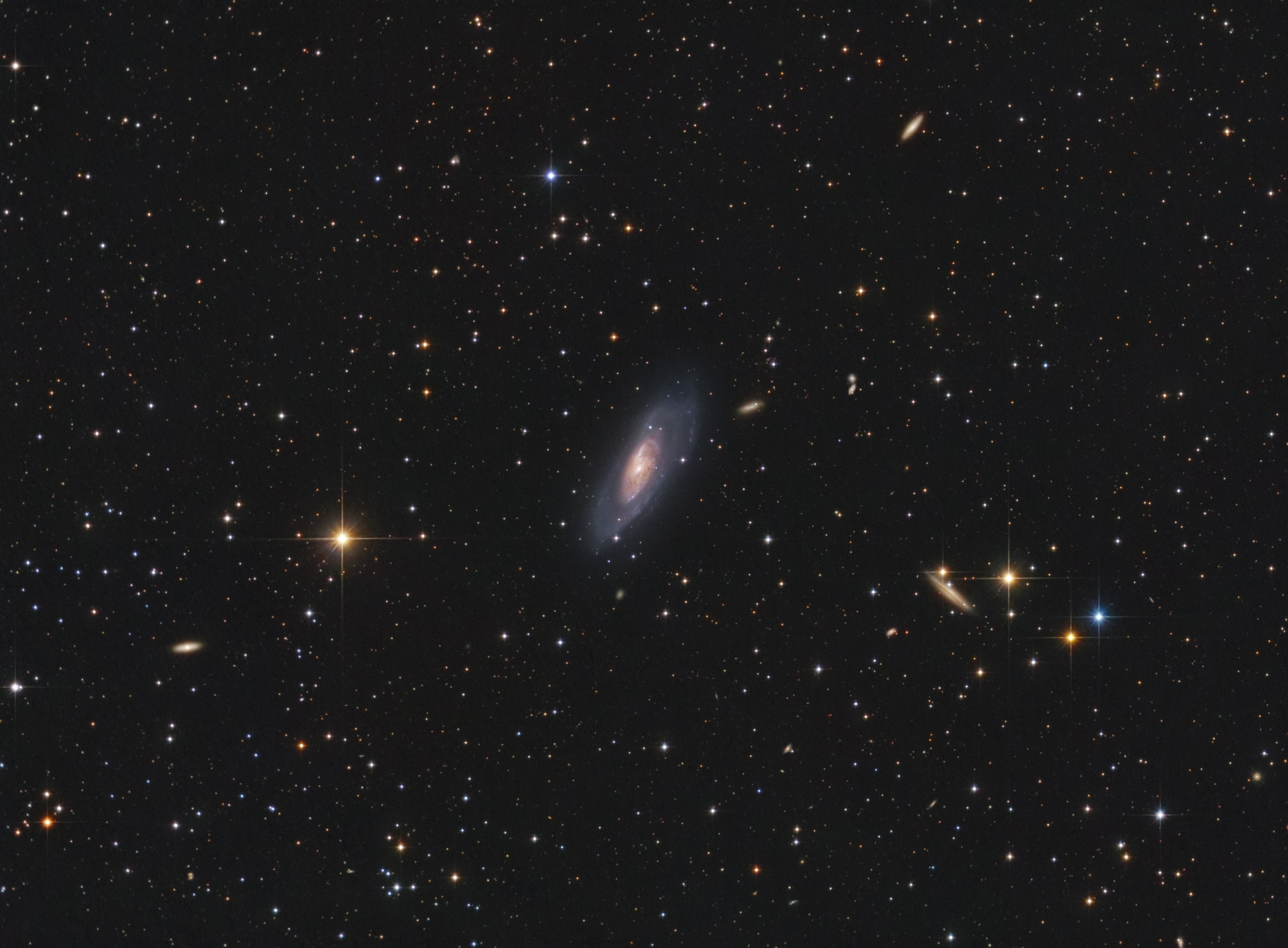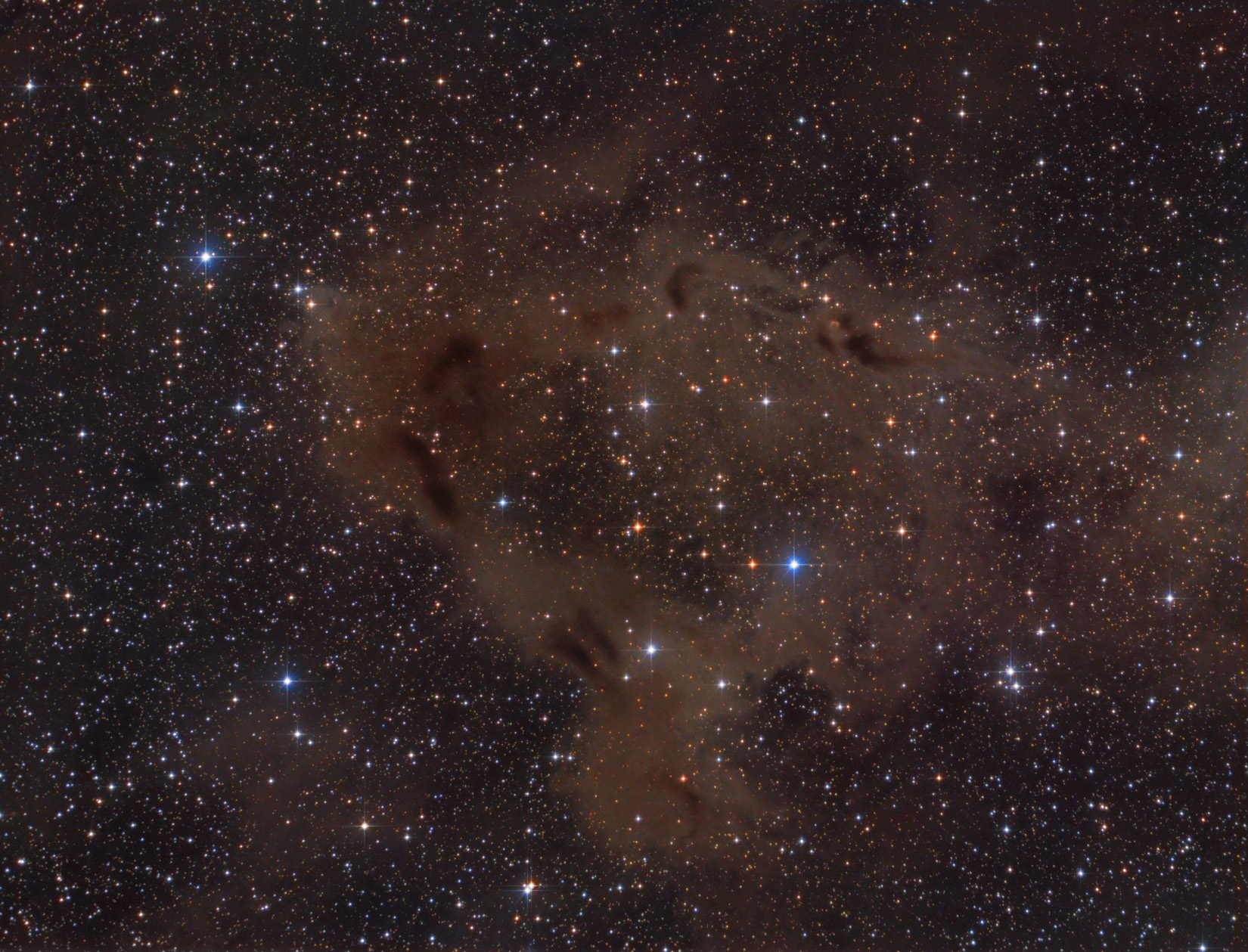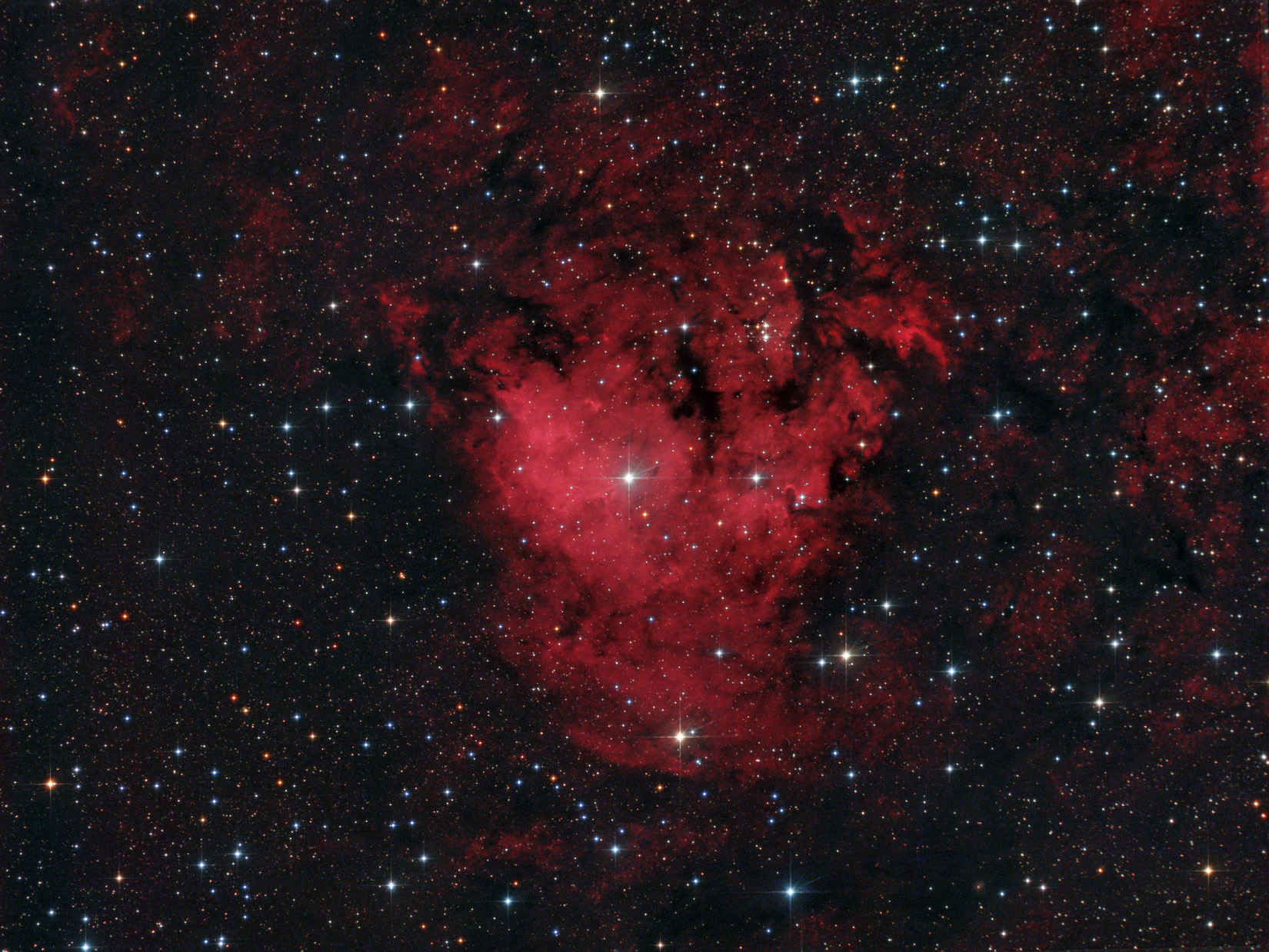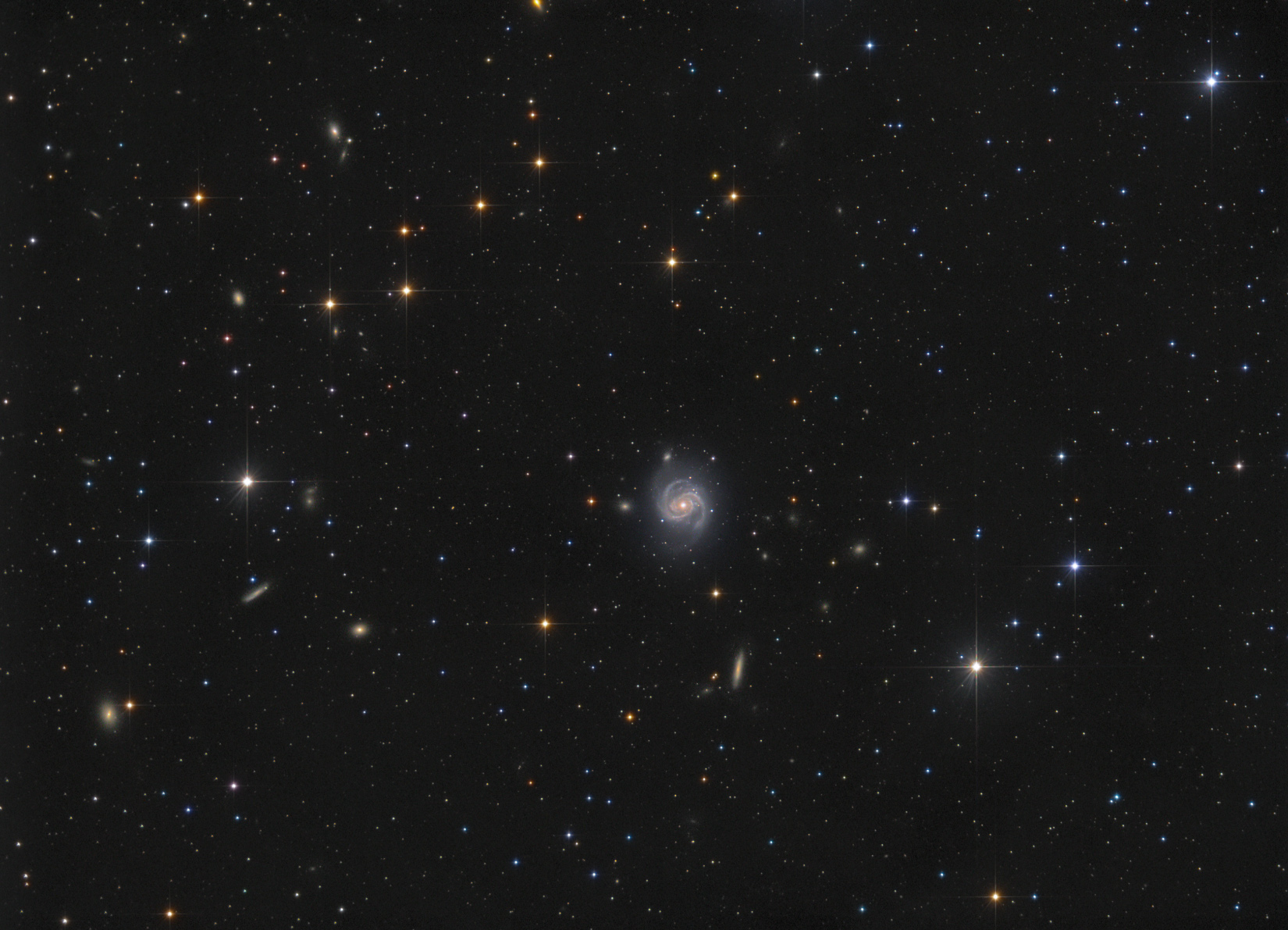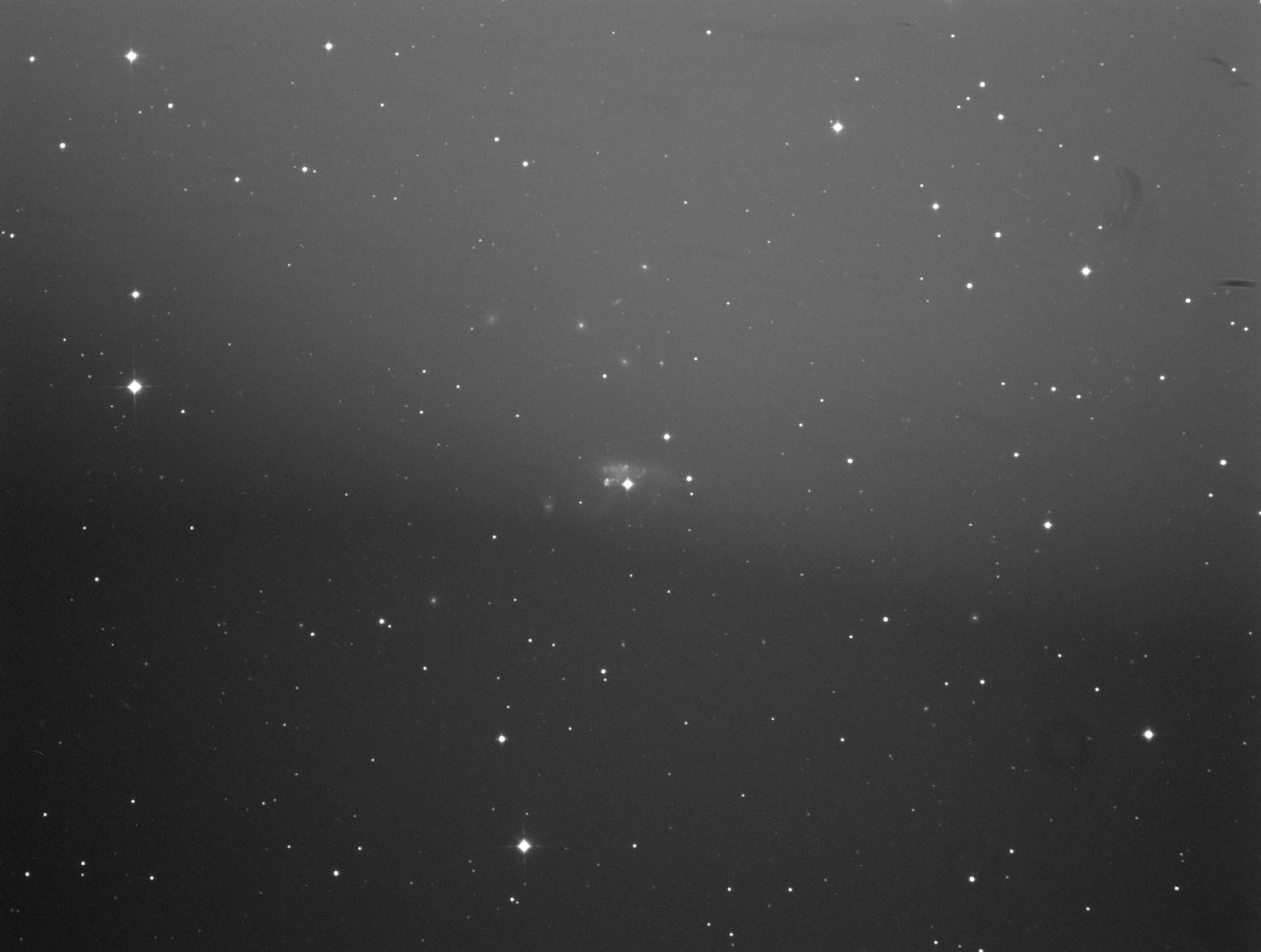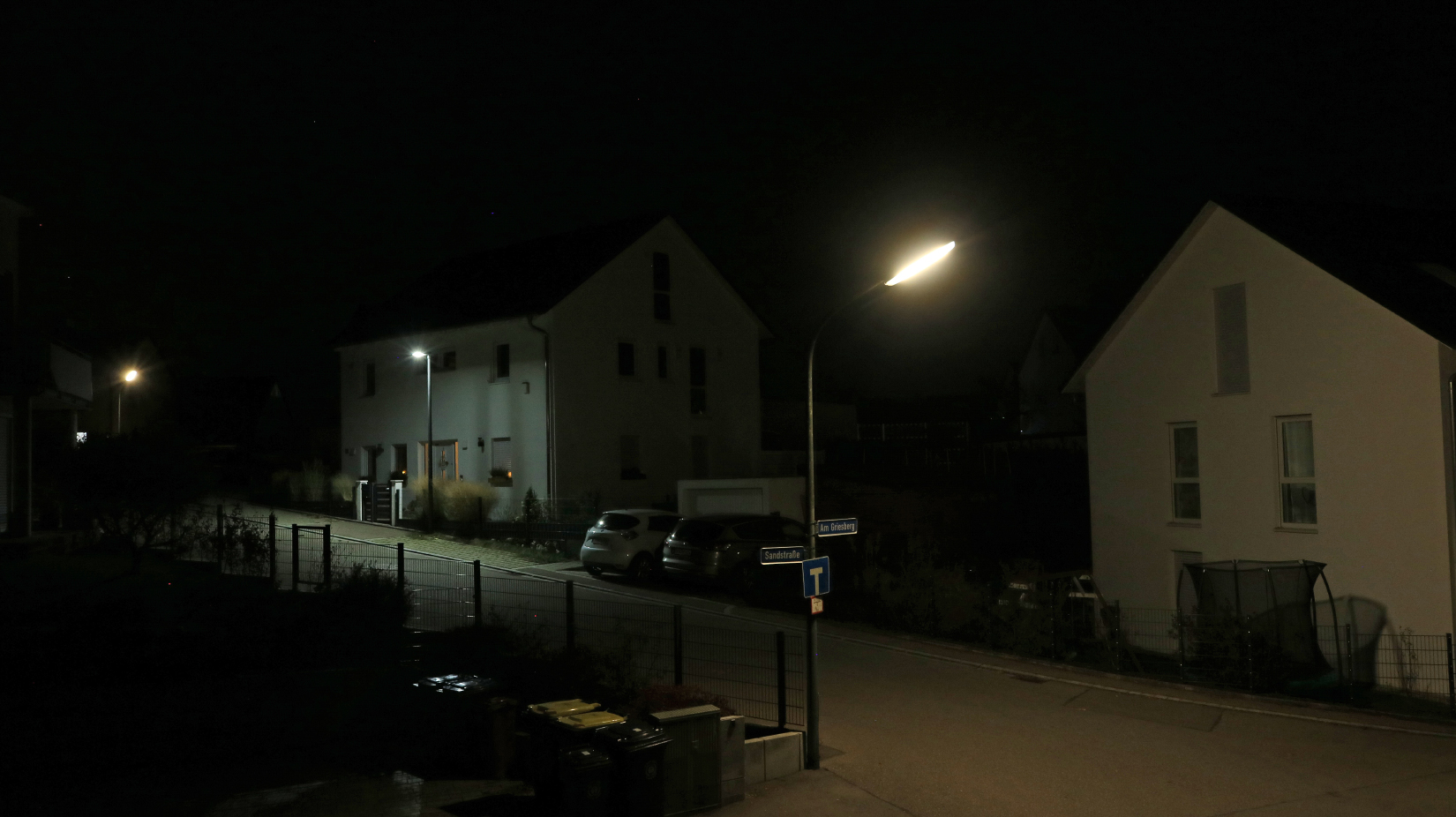G A L A X Y P H O T O
Astrophotography by Michael Deger
New ASTROPHOTOS
A look into the depths of the universe
On this webpage you will find astronomical images of our universe, mainly showing Deep-Sky-Objects like Galaxies, Nebulae and Star Clusters.These images were taken at Erdweg/Germany under a light polluted sky with some disturbing lights, using different telescopes and cameras. Some objects are so far away that their light have been travelling thousands or even millions of years to reach us. So we can never see the universe as it is, a deep look into space shows always the objects as they existed a lot of years ago.
If you look through a telescope, most of the faint objects appear just in gray without color. The emitted light is too dim, our eyes can only pick up the light at that very moment. A CCD camera converts light into electrical signals which can be integrated during several minutes. So it is extremely photosensitive and enables an object to be displayed in color with the help of at least three different colour filters (red, green and blue). Long exposure times are the essential precondition to produce an image with good colors and lots of details. For the most of my Deep-Sky-Images light has been captured over many hours with a modern CCD camera.
My current setup consists of a 10″ Lacerta Newton and a 4.5″ Newton, carried by a 10Micron GM1000 HPS mount. For image acquisition I use a monochrome SBIG ST8300M CCD camera with Baader filters. Thank you for stopping by. New images are added from time to time, so feel free to visit again. I hope that you enjoy your visit on my website and that you can find some nice images and useful information.
Some questions about astronomy
Lichtverschmutzung
Die Lichtverschmutzung wird immer schlimmer und überstrahlt zunehmend den Nachthimmel. Die Bedingungen für die Astrofotografie an meinem Standort Erdweg sind sicher nicht ideal, in der unmittelbaren Nähe befinden sich viele helle LED-Straßenlampen. Nichtsdestotrotz reizt mich diese eher schwierige Situation in meiner Region und versuche daher das Beste aus meinen Aufnahmen herauszuholen.
Discover what our customers are passionate about and how our company helped enhance their passions.
Lorem ipsum dolor sit amet, consectetur adipiscing elit. Ut elit tellus, luctus nec ullamcorper mattis, pulvinar.
